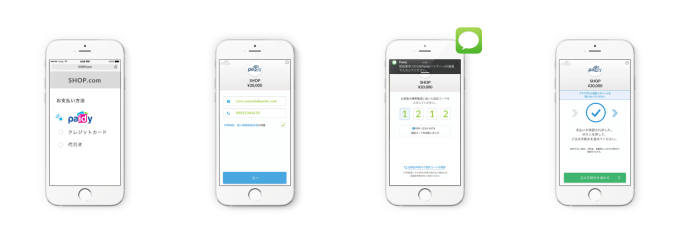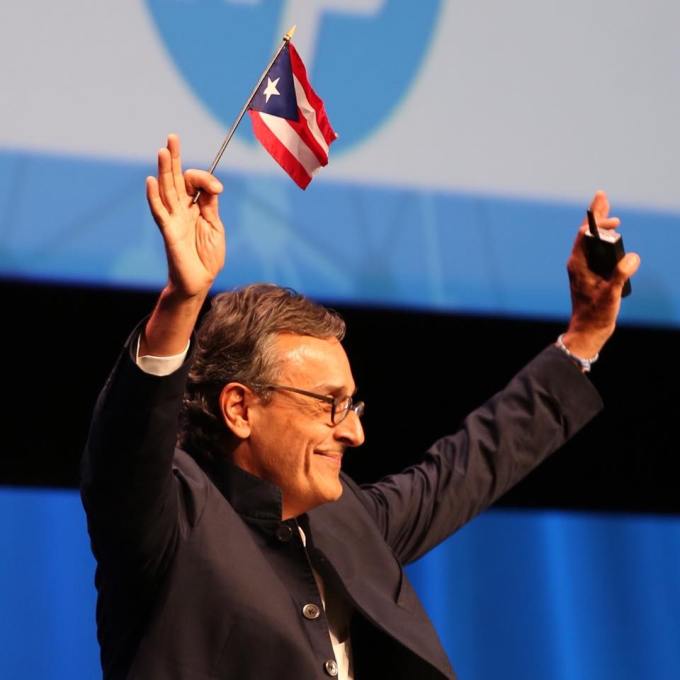Hello and welcome back to Equity, TechCrunch’s venture capital-focused podcast where we unpack the numbers behind the headlines.
This week we had a full house which was super great. TechCrunch’s Connie Loizos and Sarah Buhr held down the fort in San Francisco along with our guest, Susan Mac Cormac, a partner at Morrison Foerster where she works on some of the most interesting deals in the private capital space. I dialed in from the home office in Providence.
It was good that we had eight hands on deck as there was more than enough news to go around. We started with the recent executive changes at Zoox, an autonomous car company that came up on the show a few weeks back when it raised $500 million.
The firm is now down its CEO after he was ousted after the round. In the founder-friendly era that we find ourselves in at the moment, this is High Drama.
Next up was the #breakingnews concerning Eventbrite, which filed to go public just before we recorded. My initial notes are here, but we’re still far from knowing where the unicorn will price. That means it’s hard to say much today, aside from the fact that the company appears to be in more than rude enough health for a flotation.
And then, the megarounds. There were three:
- Slack is richer and more valuable than ever after raising over $400 million at a valuation of more than $7 billion. The news surprised precisely no one, but it’s again amazing to see how the enterprise chat app and budding productivity platform can raise as much as it wants, whenever it wants. The new round, of course, came after Slack put $250 million in its pockets last year. (Here’s some quick math on its new valuation, just for fun.)
- One Medical picked up $350 million of its own, though the company doesn’t get all the money. It’s $220 million for One Medical itself, and $130 million for extant shareholders in the premium medical service.
- Getaround raised $300 million led by SoftBank (which also invested in Slack, of course). SoftBank’s 2017 and 2018 investment cadence are already the stuff of legend. How the firm will do when returns are tallied isn’t settled, though some early wagers are bearing fruit as we noted on the show. Getaround faces competition from rival peer-to-peer car sharing service Turo, which also raised this year.
All that and we managed 1.7 jokes and 2.3 puns.
We’ll be back in a week, and don’t forget that we are coming to you live at Disrupt in about two week’s time. Stay cool!
Equity drops every Friday at 6:00 am PT, so subscribe to us on Apple Podcasts, Overcast, Pocket Casts, Downcast and all the casts.




 ” in their name. All have links to an
” in their name. All have links to an 

 Lucio will report to Chief Product Officer Chris Cox and be part of Chief Operating Officer Sheryl Sandberg’s leadership team. Facebook confirms he’ll work across the company’s family of apps, including Instagram and WhatsApp, which both lack a named CMO. Prior to HP, Lucio was Visa’s chief marketing and communications officer for seven years, and had been at PepsiCo leading innovation and beverage marketing for eight years before that.
Lucio will report to Chief Product Officer Chris Cox and be part of Chief Operating Officer Sheryl Sandberg’s leadership team. Facebook confirms he’ll work across the company’s family of apps, including Instagram and WhatsApp, which both lack a named CMO. Prior to HP, Lucio was Visa’s chief marketing and communications officer for seven years, and had been at PepsiCo leading innovation and beverage marketing for eight years before that. The only Linux instance that isn’t getting a full 50 percent cut is the $5/month 512 MB instance, which will now cost $3.50. That’s not too bad, either. Depending on your needs, 512 MB can be enough to run a few projects, so if you don’t need a full 1 GB, you can save a few dollars by going with Lightsail over Digital Ocean’s smallest $5/month 1 GB instance. Indeed, it’s probably no surprise that Lightsail’s 1 GB instance now also costs $5/month.
The only Linux instance that isn’t getting a full 50 percent cut is the $5/month 512 MB instance, which will now cost $3.50. That’s not too bad, either. Depending on your needs, 512 MB can be enough to run a few projects, so if you don’t need a full 1 GB, you can save a few dollars by going with Lightsail over Digital Ocean’s smallest $5/month 1 GB instance. Indeed, it’s probably no surprise that Lightsail’s 1 GB instance now also costs $5/month.